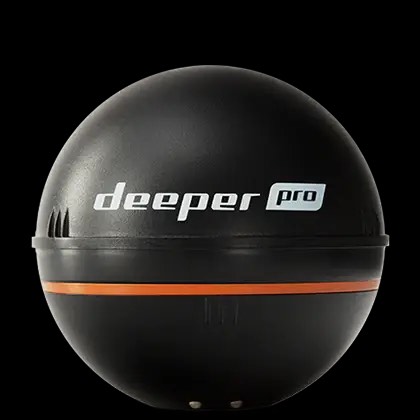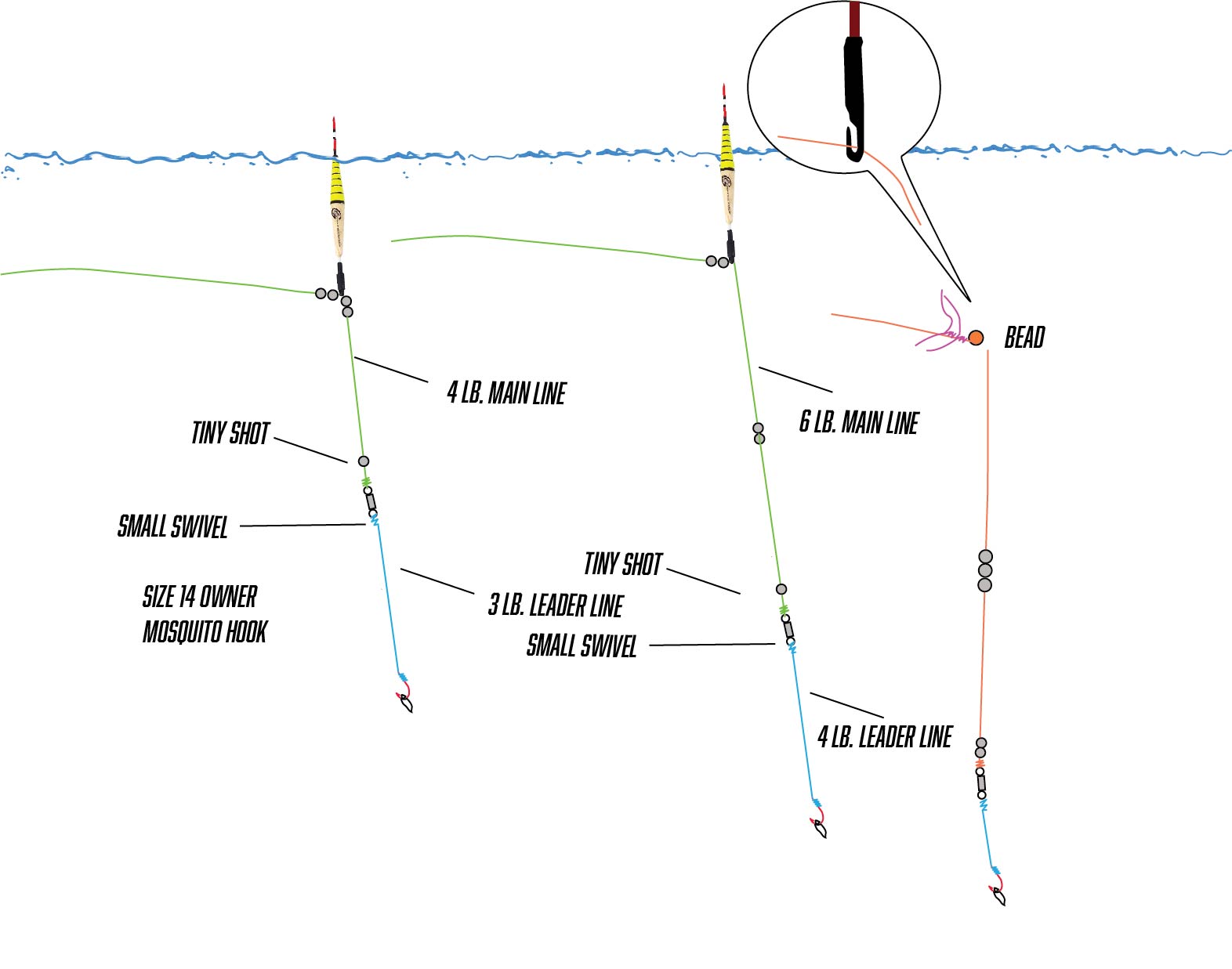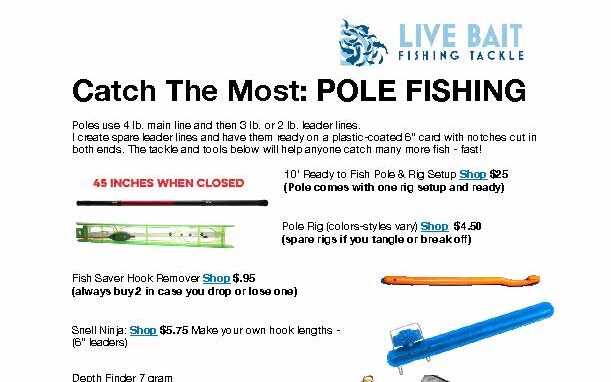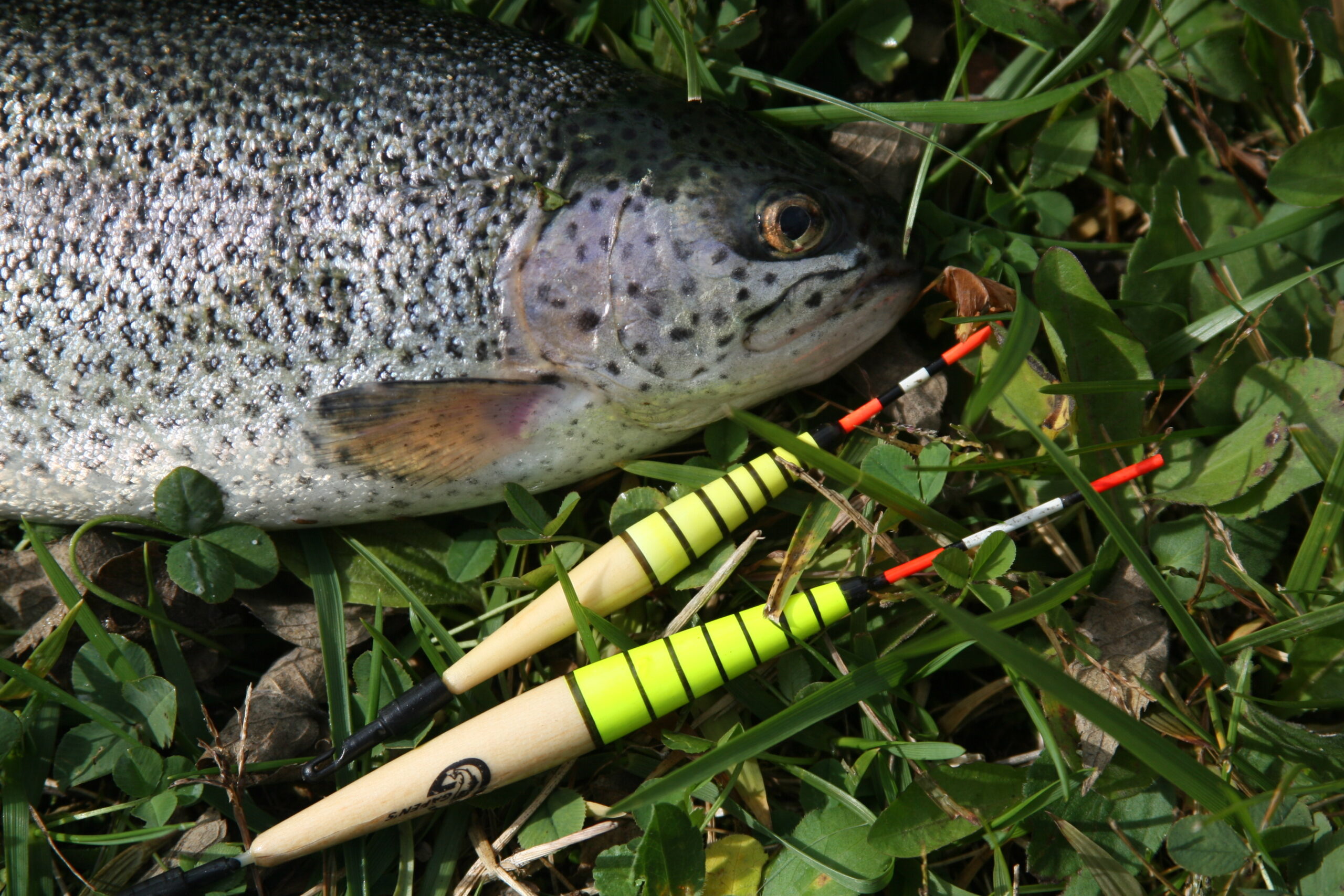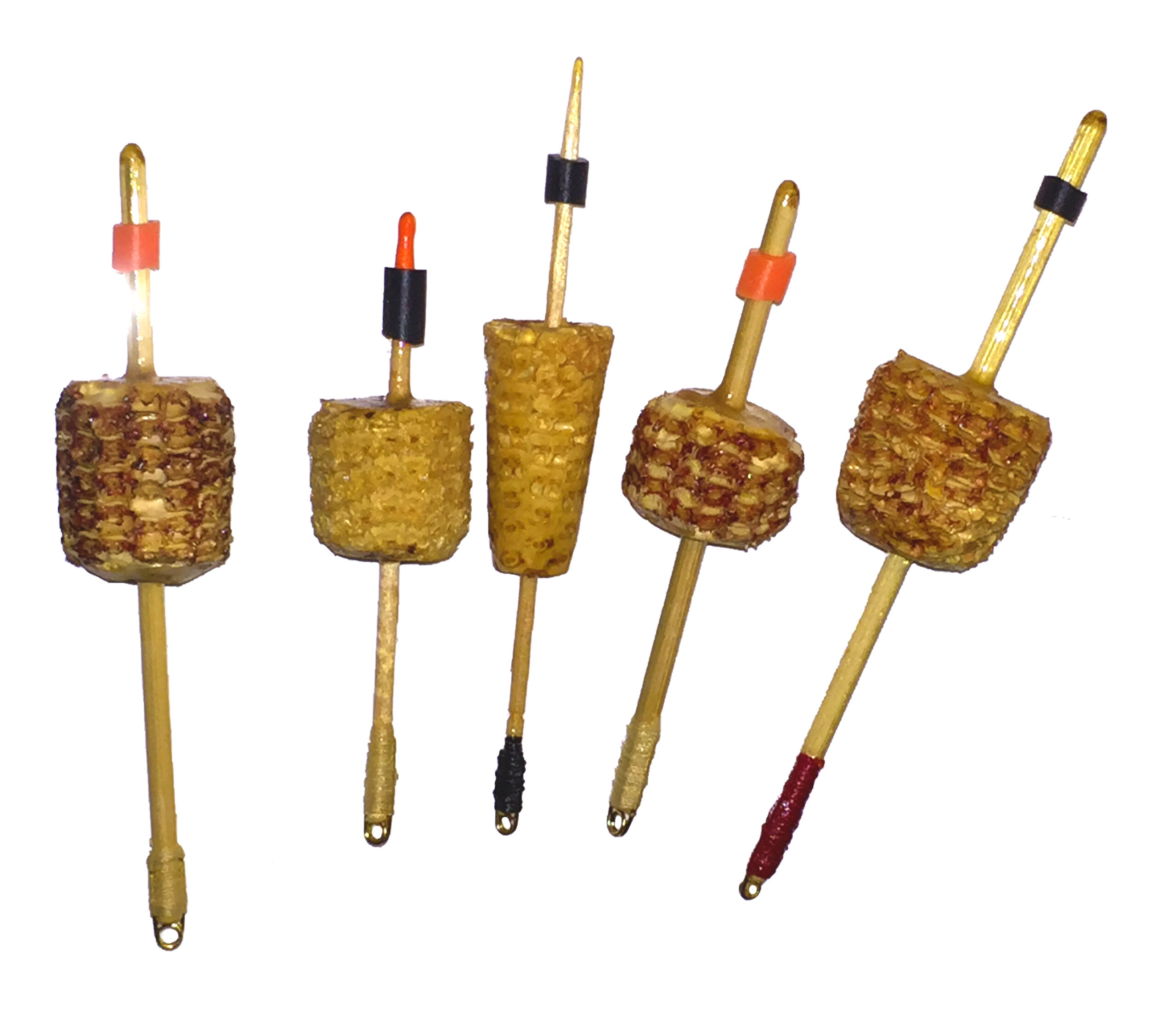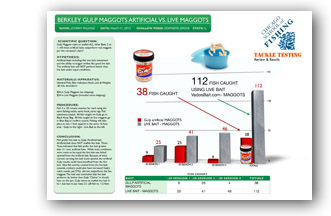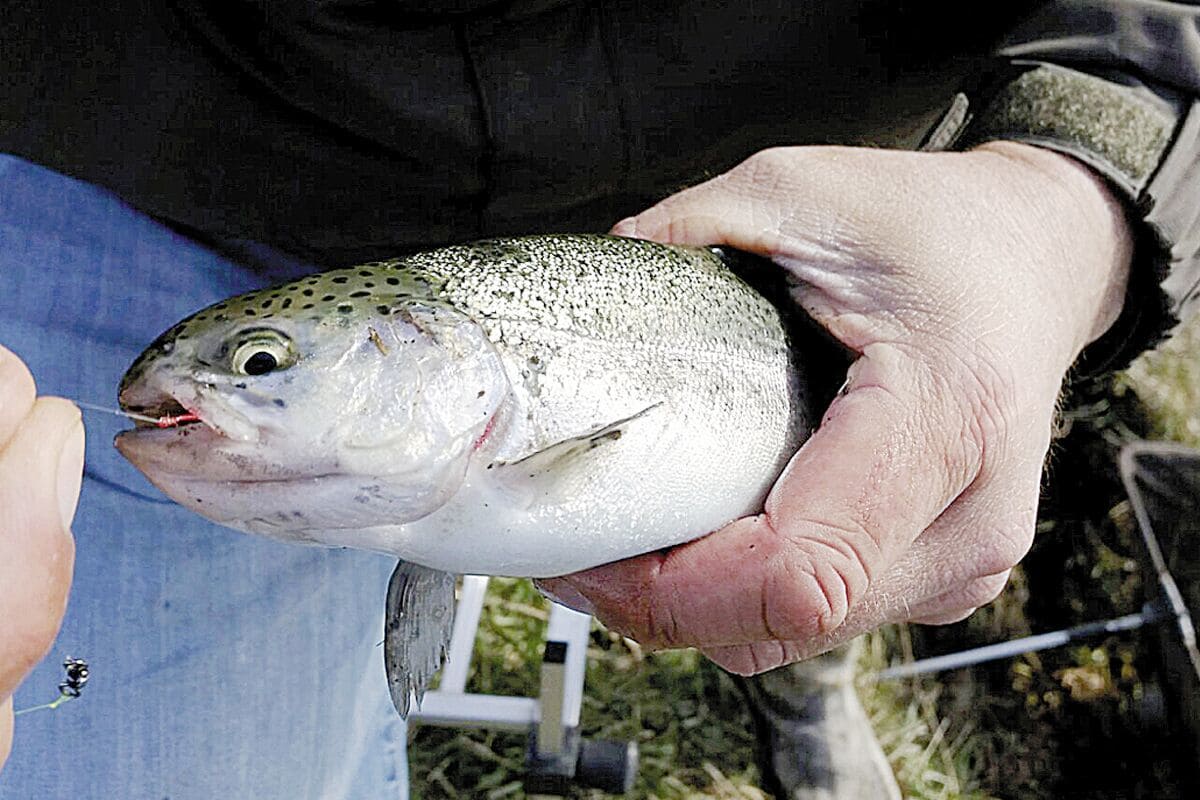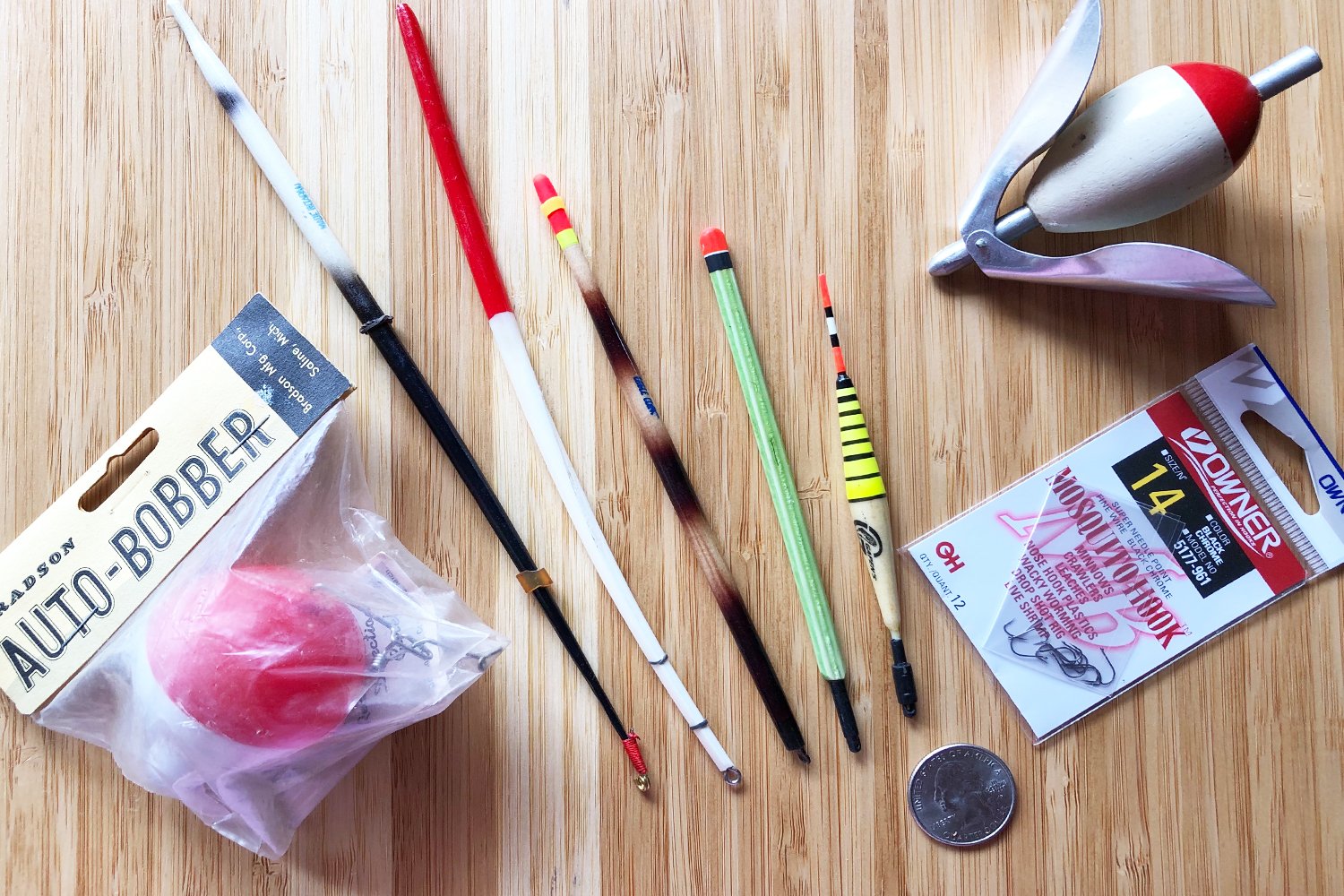Small electronics for ice fishing can be affordable. For those just getting into ice fishing, many anglers recommend purchasing expensive electronics. If that’s not in your future, the good news is, you can grab some inexpensive electronics that will give you results. Saving money on electronics will allow you to upgrade your snow bibs and fish more comfortably while still having the advantage of a flasher unit on ice. As for me, I won’t go ice fishing without the help of an electronic unit. While you don’t have to use them, electronics will improve your catch.
As for summer open-water angling, where online fishing videos attempt to relieve you of $2,500 cash in equipment to get high-resolution fish imaging, winter has its own lineup of $2,000 players to give you a look beneath the ice. That said, there is no reason you can’t get on the ice and catch fish with a smart phone or an iPad and an inexpensive alternative.
Small electronics for ice fishing are effective. I have been on the ice and both seen and used a range of electronics. I would definitely prefer to have “something” when ice fishing because it puts you on the fish and gives you confidence. Without the view of the structure and even seeing your jig on the screen, you will miss out on more fish. Can you go without electronics? Sure. You can fish “old school,” fish your jig one fish-height off the bottom and work your way up or down through the water column. You will catch some fish.
With electronics, however, you will see the exact depths the fish are moving through under your hole. With a view under the ice, you watch live when fish are making a move on your jig and also how they react to your lure’s action. When it works, the flasher mode on portable ice units can not be beaten. I have found one flasher that I really love on the ice, and it is only around $100 after some price drops.
The Lowrance Fish Hunter 3D performs very well on ice and has an advantage over other portable ice units. You can place this on the ice and get the depth quickly, even before you cut a hole. It also has 5 transducer units, so it can show you where fish are coming from. This design allows ice anglers to see further to the sides with a 72-degree cone! In shallow water, you are still going to see to the sides pretty well, compared to competing castable sonars which fall off at around 55-degree cones. Another unit which works very well is the Deeper Pro unit (pictured above) which will offer you depth, visual of the bottom weeds and has an ice flasher for ice fishing. The ice flasher is what shows fish movement and activity and can show your jig or bait height – the biggest key to ice fishing. Seeing your bait is at the right depth is the number one task of ice fishing as well as summer fishing. This does not break the bank where you can get electronic image of the bottom, structure and depth for under $200. (This is less than 10% of the cost of some electronics on the market)!
Note: I also use my castable sonar in the summertime to define structure edges such as weed lines, drop-offs and fish cribs. With my spare rod and some braided line, I cast it out, take a peek on my phone and put my bait in the perfect spot to catch fish. I don’t own my own boat, so this unit is very easy and fast to use. Believe me, I catch a lot more fish with the Fish Hunter sonar because I can position my bait perfectly next to the fish. Being right on the structure means catching way more fish. Double anchor in, and let the fishing begin.
For ice, the Fish Hunter 3D quickly shows me the depth just by placing it on the ice. Even before I drill, it saves me the trouble of drilling hole after hole to find the drop or the structure edge where fish consistently live. This is a unique ability, as other portable units require time-consuming drilling to find the depths. That’s wasted time and energy!
For those new to ice fishing, buying properly lined boots/insulated footwear is a key to ice fishing. Cold feet mean a quick exit!
People like two ways to fish: Either they purchase a pop-up shelter, or just invest in great snow pant bibs. Without the shelter, you can move a lot faster.
Pack a very small tackle box with a few good plastic jigs, carry some live bait and a drill, and you can hit the ice.
After taking a trip with a very excellent local guide, I became more confident that plastics will do just fine. I would, however, buy some of the higher-quality plastics. These are designed in shape and flexibility to work best in cold water. My guide friends showed me Maki plastics. I really liked the way they were made, and more importantly, the experts (fish) smashed these things! Add some good tungsten jigs and a decent jigging rod and you can dominate ice fishing.
I have one small tackle box – fits in coat pocket with an assortment of small jigs. I mainly target panfish which include perch, bluegills and crappies when I am on the ice. If you want bigger species such as pike, bass or walleyes, you need an additional setup and slightly larger rods.
Small electronics for ice fishing are affordable. The power of electronics is that you can literally see the fish rise up on the bait. In ice mode, the unit has a “flasher” which is a live picture and tracking of your jig! Your jig shows up as a small slash in the flasher column. On the right side of your phone or iPad, you see a history of your jig. You can see it fall down to depth. If a fish were to rise up, you would see the fish slash as a line moving up to meet your hook. The horizontal slash of the fish rises up and becomes one with your lure slash. This is when you watch eagerly to your rod tip and prepare for a strike. It is super exciting, and the electronics give you a lot more confidence.
The super-power of this portable unit is that you can literally put it in a pocket. Drop it in the hole, fishing right next to it. There’s no cable to get tangled on! Bigger electronic units have cords in the hole and your fish will get wrapped around them. Portable ball-shaped sonar easily moves out of the way when the fish comes up for same hole fishing.
When I first went ice fishing without electronics, I drilled a lot of holes trying to find fish. I used the old method where you start on the bottom and jig your way slowly up. Trying to find fish takes time spent moving to other holes and deeper water. I fished all the way into the afternoon. Finally, we asked for help and it turns out, fish were suspended 25 feet up in the water column in 32 feet of water. A nice guy with electronics showed us where they were. By that time, we were very tired of punching holes and not finding any fish.
Hit the ice with local knowledge. Grab a guide, have them take you out on the ice and learn a ton. Hiring a guide is the best way to save money. They will show you the exact gear to buy, and how to find fish on both soft water or hard ice. Choose inexpensive electronics paired with your phone and give yourself confidence. And please, try ice fishing this winter!
For those between Milwaukee and Chicago’s South Suburbs- you can hire Johnny Wilkins through the Chicago Fishing School for your ice fishing trip.
